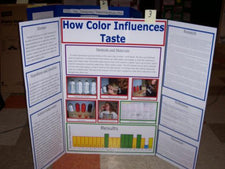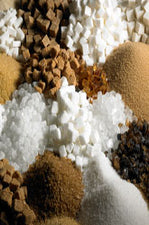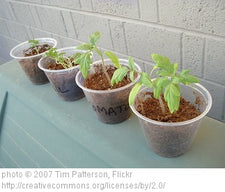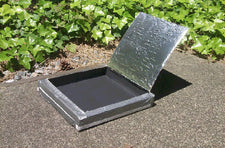Photosynthesis & Light Color

If you have a student who's interested in botany, here is a fun science fair project that explores how light color affects photosynthesis in plants.
The Basics of Photosynthesis
Photosynthesis is the process by which plants take unusable energy from sunlight and convert it into usable chemical energy. All this is done through the green pigment found in plants, algae, and some bacteria called chlorophyll which absorbs the sunlight, setting into motion several complex chemical reactions that, in the end, produce sugar as well as an oxygen byproduct.
Project Overview
White light can be separated into different colors (or wavelengths). Chlorophyll absorbs all of these visible wavelengths (colors) of light except green, causing the pigment to reflect this color, giving it a green appearance. This got one elementary student thinking - what effect would a different color light have on photosynthesis? The following project tests green, red, and white light to determine whether light color has any effect on the process of photosynthesis. Be sure to visit the full post for background information, procedure, observations, results, and conclusions!



















